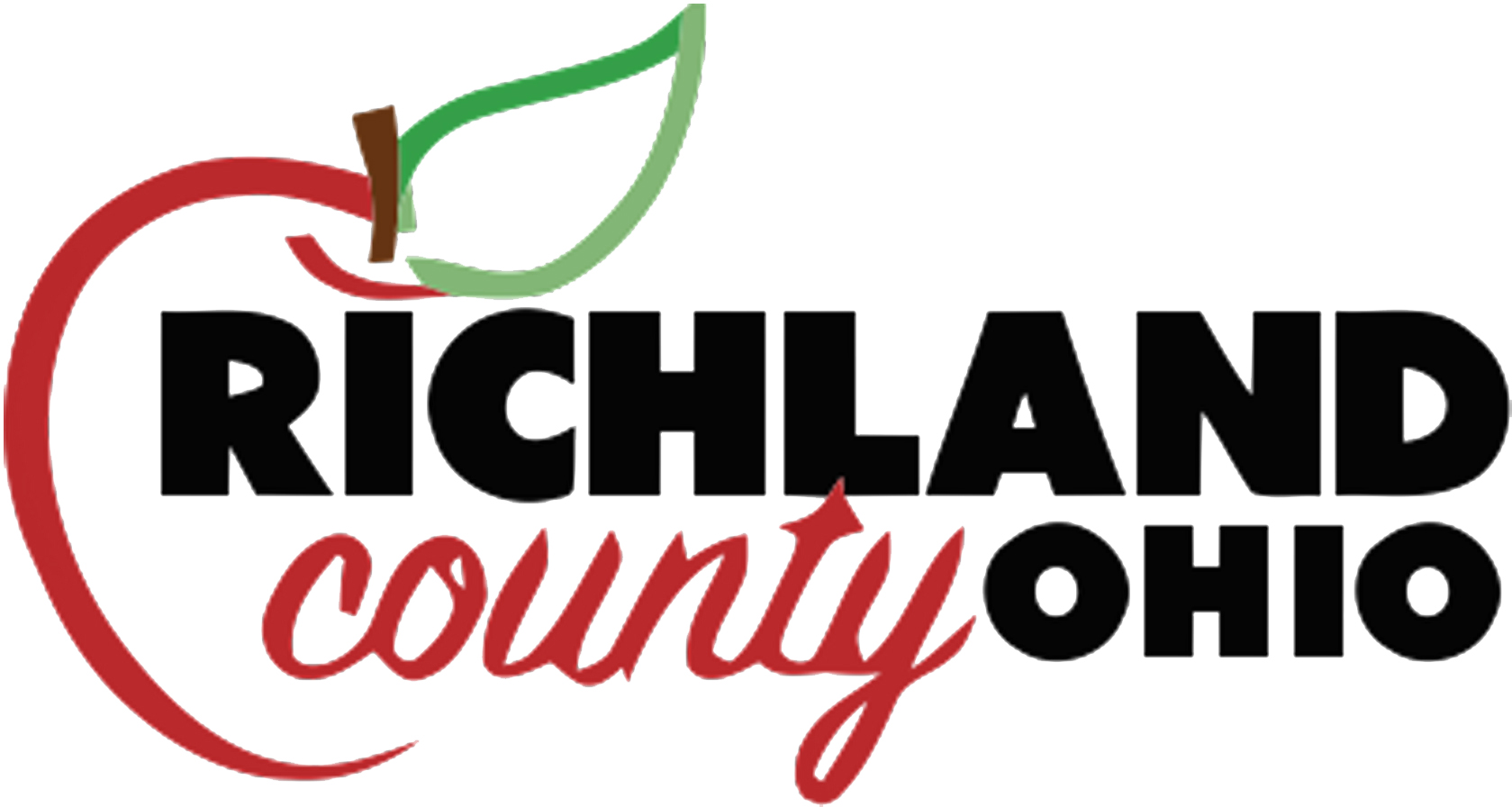Park District
The Richland County Park District is dedicated to introducing and interpreting our region’s natural heritage to the citizens of Richland County. Our goal is pursued by preserving and providing natural areas for people to experience and by providing opportunities for people of all ages to learn about the rich diversity of life and habitats in our county.
The Park District offers free education programs, nature hikes, native animal encounters and many other activities.
We have multiple parks available including:
* Gorman Nature Center
* B & O Bike Trail
* Fleming Falls
* Hemlock Falls
Come out and enjoy what the Richland County Park District has to offer!
Visit our website at richlandcountyparks.com.
Check out our Apply for a Job page for employment opportunities. Internships available, for more information email rcpd@richlandcountyoh.gov.

